

Your home insurance premium is a very complex calculation, and it’s this complexity that can make pricing seem erratic and baffling. Here’s a very simplified list of the main factors your home insurance price takes into account.
On a national or neighbourhood level, where you live will greatly influence the cost of your home insurance.
One end of the street’s prices could be very different to those at the other end. Whether you’re in the countryside, inner city or suburbs, there is no hard and fast rule over what areas or locations are cheaper to insure than others.
Your experience of your street and hometown might be very different to the statistics and analysis the insurers (or their computers) see.
You won’t know how often people in your area claim on their home insurance or the things they claim for – but the insurers will. This knowledge forms models of likelihood, past experience and probability that are all used when calculating someone’s home insurance price.
There’s so much to weigh up when working out home insurance prices. Is a terraced home less likely to be broken into if there’s no side entrance or entry to a back garden? Is a detached home more vulnerable?
The type of building you live in, its age and even what it’s built from all go into the mix when it comes to working out your premium.
The total value of all your belongings and home contents will influence your cover price. It can be surprising how much furniture and everyday items amount to so it’s a good idea to check you’ve got enough contents cover.
If you have any high-value items such as watches, jewellery, antiques or paintings as ‘specified items’, this will be factored into your premium too.
The amount insurers have to pay out on claims is the driving force when it comes to premium prices. This is because the largest portion of your home insurance premium is spent on paying for fellow policyholders’ claims.
The number of claims and how much is spent on payouts will dictate how much that portion of your premium will be. The trend of increasing costs to fix claims coupled with the increasing numbers of claims is a double blow to home insurance prices.
Here are the most common reasons for UK households claiming on home insurance in 2024…
| Reason for claiming | Percentage claimed |
|---|---|
|
29% |
|
|
Accidental loss/damage |
26% |
|
Storm |
13% |
|
Theft |
6% |
|
Fire/smoke damage |
2% |
If your home needs repairs because of a claim, you’ll likely find the expense of putting things back to normal has increased.
The cost of building materials and labour rose during and after the pandemic due to supply issues, declining worker numbers and rising energy costs. This is still the case today, so payouts need to cover the funds needed to get homes back to how they were.
The same goes for items in your home too with the rising costs of electricals, furniture and jewellery.
You’ve no doubt noticed the number of named storms mentioned on the news these days as extreme weather is becoming more frequent.
This reality is made very clear with the £585 million paid out by insurers in 2024 for weather-related damage caused by storms, flooding and frozen pipes. This is up 28% on the previous year’s weather claims and followed the UK’s busiest storm season since 2015/16.
Your home insurance policy is likely to have an excess to pay – it’s the amount you’re prepared to contribute to a claim. Most of these excesses are compulsory and vary on the type of claim made.
If you offer to pay a voluntary excess, your premium goes down. This isn’t just because you’re offering to contribute more, but you’re not as likely to claim for smaller incidents.
The average voluntary excess on home insurance seems to be around £250 – the figure’s the same for contents-only and buildings-only policies.
Don’t raise your excess to a high level purely to reduce your premium though – your excess needs to be affordable in case you need to make a claim.
Insurance Premium Tax is added to the cost of every home insurance policy and goes to the government, just like VAT. A significant part of your home insurance premium is IPT, and the current rate is 12%.
No matter the price of your premium, it could be a fraction of what you might need to claim for if the worst happens. And as you’ve read, things are more expensive nowadays if things go wrong.
While you want to look for a competitive premium, you don’t want to be under-provided for, so it’s vital to find the right balance.
Saga Home Insurance comes with two types of cover: Saga Plus and Saga Select. This means you can choose the right level of cover for you and your home.
As you can see from the article above, a portion of your insurance premium is dependent on the number of claims made by other customers. Premium calculations are also based on risk, and the data for this is constantly changing and not necessarily based on your activity and claims history.
Yes, you can pay by monthly instalments. There is a charge for paying monthly and the APR rate and total amount you’ll pay will be shown before you choose to take this option.
If you’ve made a recent claim on your home insurance, it could increase the cost of your next premium.
If you have Saga Plus home insurance, your 3-year fixed price will stay the same even if you make a claim, unless it’s for accidental damage or for personal belongings.
However, your claim may be taken into account when the 3-year term has ended.
There’s one way of preventing price rises – choosing a Saga Plus 3-year fixed price policy. If nothing changes, your premium carries over for the next two renewals, even after most types of claims, without being tied into a contract.
This promise is made by Saga and not the underwriter of your policy, so we absorb the price difference if underwriters have to increase the premium on your first and second renewal.
After the 3-year term is up and you’ve had three years of the same price, the next quote you get from us will be at the current rate. This means it may well be more.
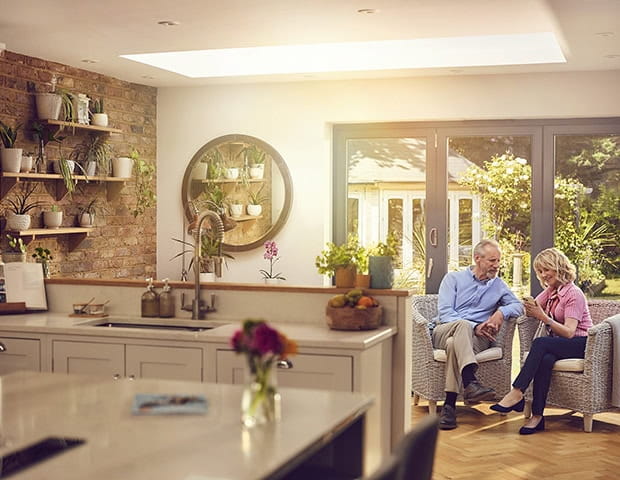

Choose our highest home cover level Saga Plus and freeze the price of your home insurance for 3 years if nothing changes. T&Cs apply.
There's plenty to explore and learn about our home insurance cover.
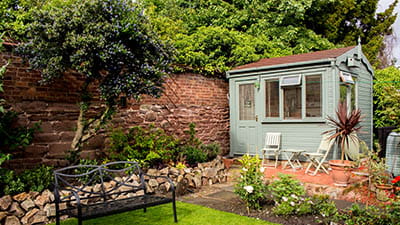
Do you have insurance for your outbuildings? Make sure you have the right cover for the structures in your garden.

How to choose the right solar panels for your home and check what permissions or insurance you might need for solar panel installation.
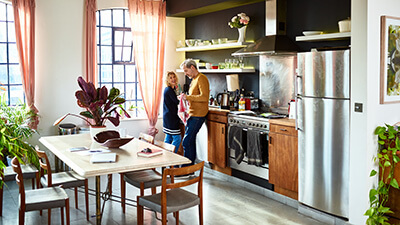
Do you need buildings insurance for a leasehold flat? We explain how flat insurance works.

Find out whether you can claim on your home insurance for your mobile phone.

Protect your favourite things against theft, fire and accident with up to £100,000 content cover at a 3-year fixed price.
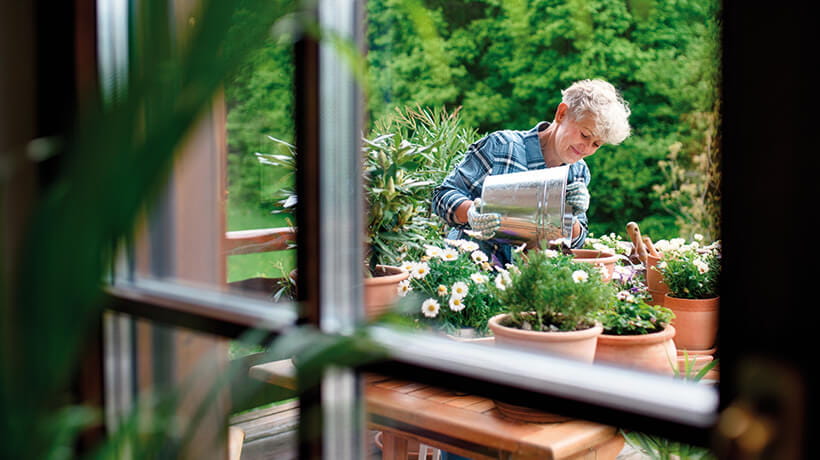
Saga home insurance comes with garden cover included. Find out what’s included and get tips to help secure your garden.

Find out how to accurately estimate the value of your home’s contents to get the right level of cover.
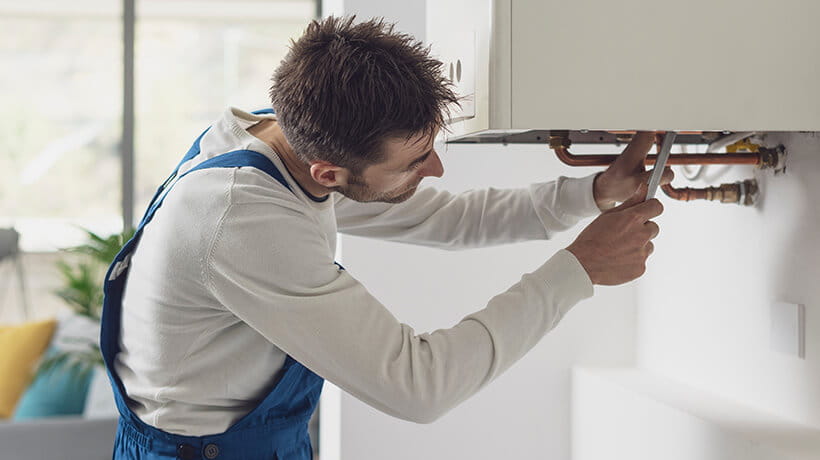
Keep your home toasty and fuel-efficient with a few simple boiler maintenance tips. Avoid costly callouts with the help of our boiler care year planner.

Beat the burglars and protect your pressies with these top tips.

What does it mean? Here’s how home insurance can help with get things back to normal after a leak.

The energy price rise is impacting millions of UK households. So, what changes can we make to keep costs down and reduce energy use at home?

We’ll help you recognise the signs your boiler may be close to breaking down, find the best replacements, and estimate boiler prices so you can keep your home warm all year round.
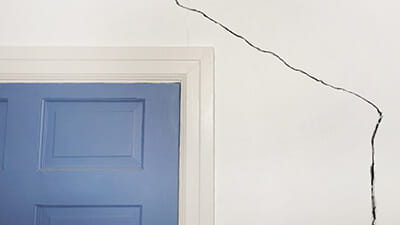
When can you fix cracks yourself and when should you ask for help?

Make sure you’ve got the right level of home insurance to cover damage caused by your pets.

Keeping it simple to set up and manage, combined buildings and contents insurance offers great cover with less paperwork.